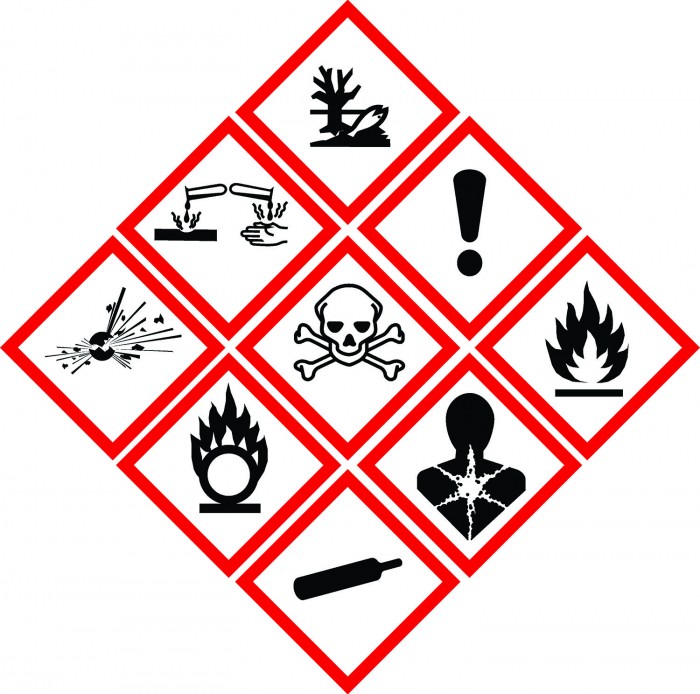Globally Harmonized System for Classification & Labeling of Chemicals
The United Nations adopted the Globally Harmonized System (GHS) for Classification & Labeling of Chemicals in 2003. The purpose of the GHS was to provide hazardous chemical classification systems definitions and outline components to be included on hazardous chemical product labels providing the opportunity for consistency between countries and even within a given country.
A good example of inconsistency within a given country is the definition of a flammable liquid. The following agencies differ in their classification of flammable liquids: OSHA, National Fire Protection Association (NFPA), the Department of Transportation (DOT), the Consumer Product Safety Commission (CPSC), and ANSI in Z129.1. These flammable liquid definitions differ from those in other countries as well, such as Canada’s WHMIS and the EU’s definition. Harmonizing these definitions will provide interagency & intercountry consistency to the definition of flammable liquids by those entities that choose to adopt the GHS guidelines.
Countries and agencies are not required to adopt the GHS guidelines. It is up to each country, and each agency within that country, to determine if and when it will implement the GHS guidelines.
In the United States, OSHA recently incorporated the GHS guidelines into the HazCom. Miller Engineering remained current on the progress and incorporated the changes into our analyses, evaluating literature to the regulations contemporary to the time period of exposure.
